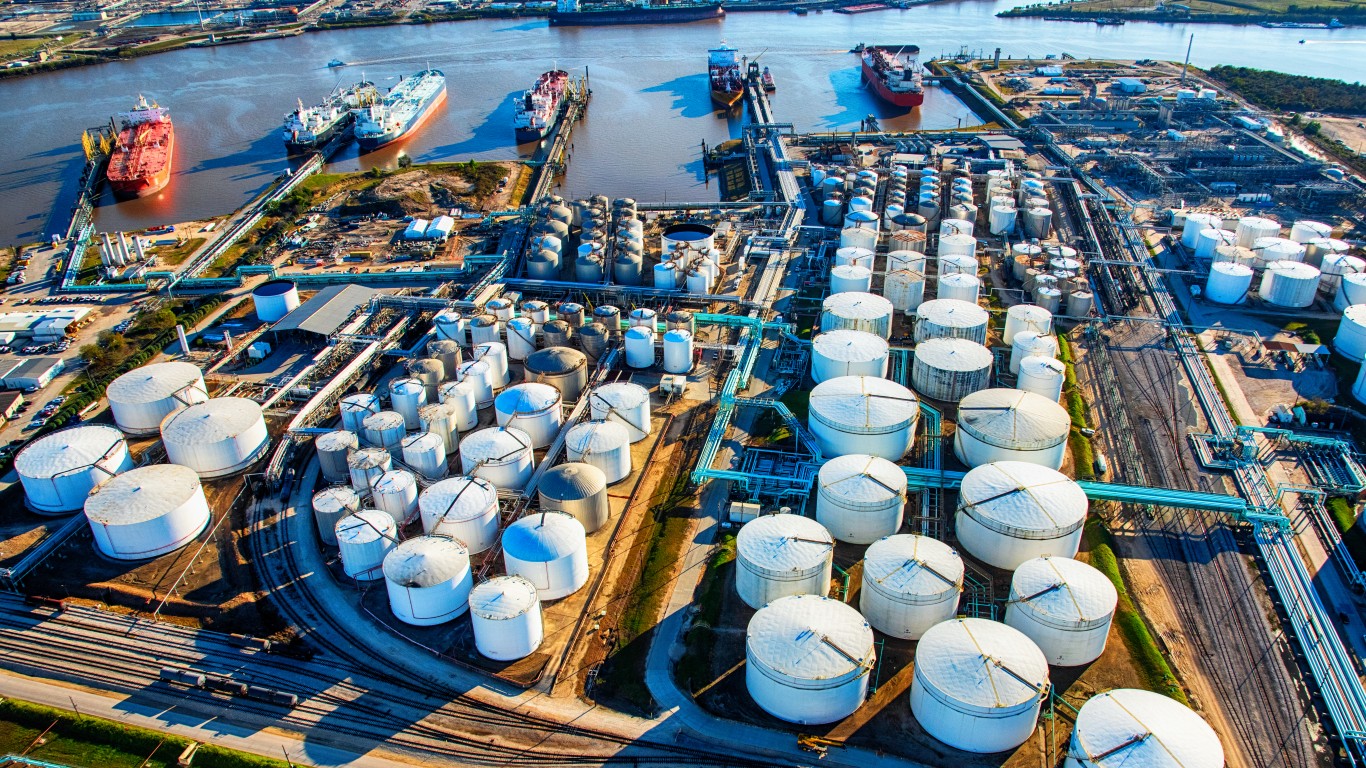

According to a report Wednesday from S&P Global Platts, the Organization of the Petroleum Exporting Countries (OPEC) pumped 24.37 million barrels of oil a day in August, an increase of 4% compared to July production. The cartel’s nine partners, including Russia, pumped 12.67 million barrels a day in August, an increase of 6%.
After reaching an agreement in May to cut 9.7 million barrels a day from production through July, the cartel and its partners (aka, OPEC+) agreed to reduce the cut by 2 million barrels a day beginning in August. According to Platts, the coalition achieved 97% compliance with the August target. The 7.7 million barrel cut is set to slip further, to 5.8 million barrels a day beginning in January.
But OPEC+ misjudged the length of time that crude production would need to be curtailed to account for the weak demand brought on by the COVID-19 pandemic. Demand for oil is not returning at anywhere near the pace that producers had planned. Any hopes of rebalancing the oil market have been soured by lack of demand and low prices, driven by fears of a second wave of COVID-19 infections.
Spot prices for international benchmark Brent crude have dropped by around $5 a barrel since early August to hover around $40 a barrel. West Texas Intermediate crude, which settled at about $37 on Tuesday, has dipped to about $5 below its early August price as well.
What all that usually means is that the oil is best left in the ground, something that OPEC+ so far appears unwilling to do. Letting production rise while demand remains weak keeps a lid on prices and could lead to another slowdown in the U.S. shale plays.
Between January and May of this year, U.S. production (excluding Alaska and Gulf of Mexico) fell by nearly 2.3 million barrels a day. From May through July, production has recovered by nearly 1.3 million barrels a day, according to industry research and analytics firm Rystad Energy. July production rose from about 8 million barrels a day in May to 9.2 million barrels in July, just 11% below first-quarter 2020 production.
In the latest Short Term Energy Outlook released Wednesday by the U.S. Energy Information Administration (EIA), total U.S. production declined from 12.7 million barrels a day in the first quarter to a low of 10 million barrels a day in May, before rising to 10.8 million barrels in August.
Looking ahead, the EIA forecasts total U.S. production of 11.2 million barrels a day in September as shut-in Gulf of Mexico wells are returned to service. The agency expects production for the first half of 2021 to average about 11 million barrels a day rising to a daily average of 11.3 million by the end of the fourth quarter.
The short version of the story is that EIA forecasts crude oil production to fall from a daily average of 12.2 million barrels in 2019 to 11.4 million barrels this year and 11.1 million barrels next year.
These estimates do not indicate a recovery in the oil market until at least 2022, in line with a report we noted on Tuesday from Fitch Ratings on their oil price assumptions for the next two years and the long-term outlook for oil prices.
Sponsored: Find a Qualified Financial Advisor
Finding a qualified financial advisor doesn’t have to be hard. SmartAsset’s free tool matches you with up to 3 fiduciary financial advisors in your area in 5 minutes. Each advisor has been vetted by SmartAsset and is held to a fiduciary standard to act in your best interests. If you’re ready to be matched with local advisors that can help you achieve your financial goals, get started now.
Thank you for reading! Have some feedback for us?
Contact the 24/7 Wall St. editorial team.
 24/7 Wall St.
24/7 Wall St.

